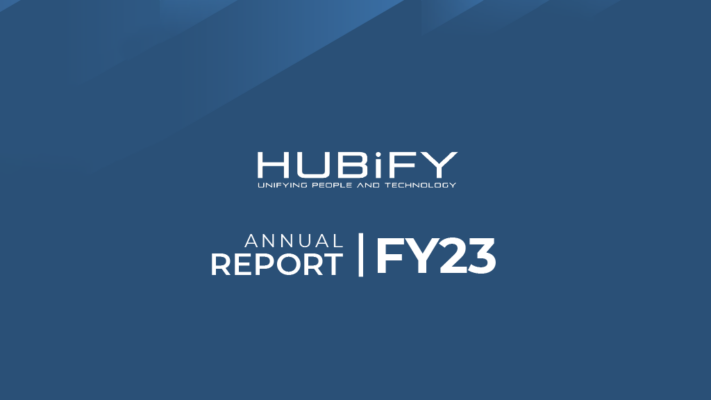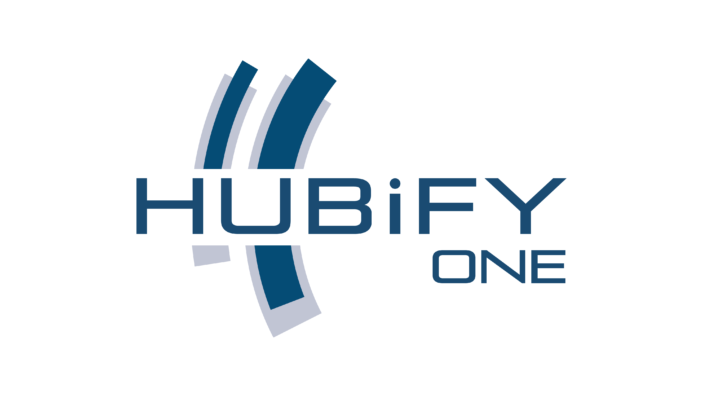Choosing the right hosting model is a crucial decision for any business aiming to scale operations securely and efficiently. Whether you’re launching a new platform, upgrading systems, or transitioning to hybrid work, understanding the trade-offs between traditional server infrastructure and cloud hosting is essential.
Understanding the Two Models
On-Premises Server Infrastructure refers to physical servers located within your business premises or a dedicated data center. These servers are owned, managed, and maintained by your internal IT team or a third-party provider.
Cloud Hosting, on the other hand, is a service that delivers storage, computing power, and applications over the internet, allowing businesses to access resources on demand without owning the physical hardware.
Key Differences Between Server Infrastructure and Cloud Hosting
Each model comes with distinct strengths and trade-offs. Here’s how they compare across several core factors:
Cost and Scalability
On-premises servers require upfront investment in hardware and maintenance. Cloud hosting works on a pay-as-you-go basis, making it easier to scale without capital costs.
Performance and Control
With traditional servers, you maintain full control over configurations and performance tuning. Cloud platforms trade some of that control for speed, automation, and built-in optimisation.
Security and Compliance
Local infrastructure offers physical control, which appeals to industries with strict data requirements. However, cloud providers now deliver strong compliance, encryption, and threat protection at scale.
Business Continuity and Disaster Recovery
Cloud hosting typically includes built-in redundancy and automated backups, giving it a resilience edge. On-prem servers require custom disaster recovery planning to achieve the same level of protection.
Which One Is Right for Your Business?
Most modern businesses are adopting hybrid infrastructure, combining both models to meet varying needs using cloud-first strategies for scalability and collaboration, and local hosting for control, speed, or data sensitivity.
This isn’t just a theoretical best-of-both-worlds approach; it’s a practical solution grounded in experience.
Take this real-world example:
Around four months ago, the entire Optus Network went down across Australia. If we were entirely cloud-based, access to large design files (often over 2GB) would have been impossible. Thanks to having those files stored locally, our team could keep working, simply tethering to a hotspot to send finished work to clients. That kind of operational continuity is only possible with a hybrid infrastructure.
A hybrid setup ensures that mission-critical assets remain accessible even when connectivity is lost, while still benefiting from the cloud’s flexibility, automation, and scalability. For businesses dealing with large media files, regulated data, or complex workflows, this approach offers the resilience and adaptability they need in a world where uptime is non-negotiable.
Hubify’s Role in Infrastructure Planning
Hubify helps Australian businesses find the right balance between server infrastructure and cloud services to support their operations. Whether you’re fine-tuning your current setup or planning a move to the cloud, our experts guide you through the process and stay with you long after implementation.
From auditing your existing systems and managing seamless cloud migrations to ensuring peak performance and maintaining security and compliance, we make sure your infrastructure works smarter, not harder.
Contact Us to talk about planning & optimising your IT infrastructure.






